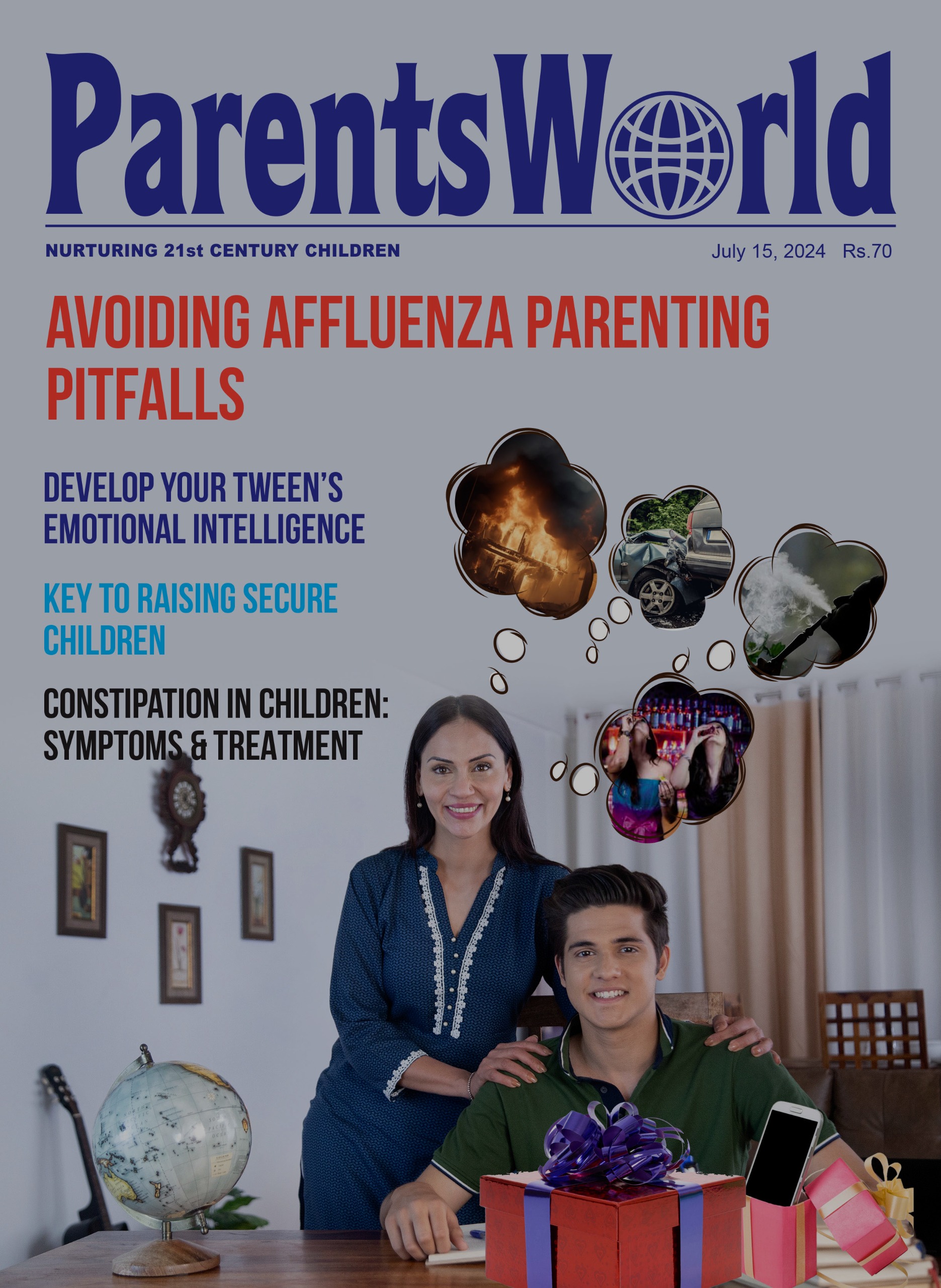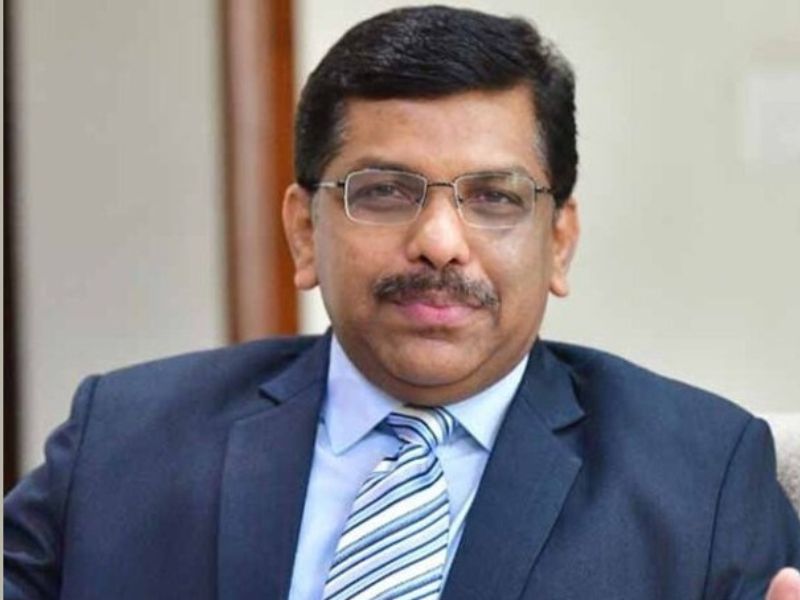Education is not always an unalloyed good. Over the past few decades, East Asia has seen a stunning rise in the incidence of myopia, aka short-sightedness. And a growing pile of evidence suggests that the main underlying reason for this is education — specifically, the fact that children spend large parts of the day in comparatively dimly lit classrooms.
Before the long economic booms that began in the 1960s, myopia was uncommon in East Asia. These days, among the young, it is ubiquitous. In Hong Kong, Singapore and Taipei more than 80 percent of school-leavers are short-sighted. In Seoul, over nine in ten young men are. China, which began its economic rise later, is catching up. Data from as far afield as Guangzhou in the south and Inner Mongolia in the north show myopia rates among young people of about 80 percent.
The West is not immune. Good data is harder to come by. But studies suggest rates of between 20-40 percent in Europe, an order of magnitude higher than the natural state of affairs. One study in California found a rate of 59 percent among 17-19-year-olds.
The evidence suggests that regular exposure to bright daylight is vital in properly controlling the growth of children’s eyes. Too little light leads to elongated, short-sighted eyes. Researchers believe this explains why rates are so high in Asia, where a strong cultural emphasis on the value of education leads to long school days and, often, private tutoring in the afternoon and evening. That leaves little time for sunshine.
Special eye-drops, as well as clever glasses and contact lenses, may be able to slow the progression of myopia once it has started. But prevention is better than mitigation, and science suggests a cheap, straightforward measure. A series of encouraging trials, many conducted in Taiwan, show that giving schoolchildren — and especially those in primary education — more time outside can cut the number who go on to develop myopia. An island-wide policy of doing just that seems to have begun reversing the decades-long rise in myopia rates. Similar attempts in Singapore relied on parents who have proved more reluctant to change their behaviour, perhaps worried that other parents might not follow suit, leaving their children at a disadvantage in classrooms.
Governments are well-placed to solve such collective-action problems, while reassuring anxious parents that a bit less classroom time is unlikely to be catastrophic. After all, countries such as Finland and Sweden do well in global education rankings with a less intense approach to education. Giving more outdoor time to young children would still leave room for them to cram for exams in their teenage years. And longer breaks in the playground may also make a dent in other rich-world problems such as childhood obesity. Far-sighted governments should send kids outdoors.
(Excerpted and adapted from The Economist and Times Higher Education)
























